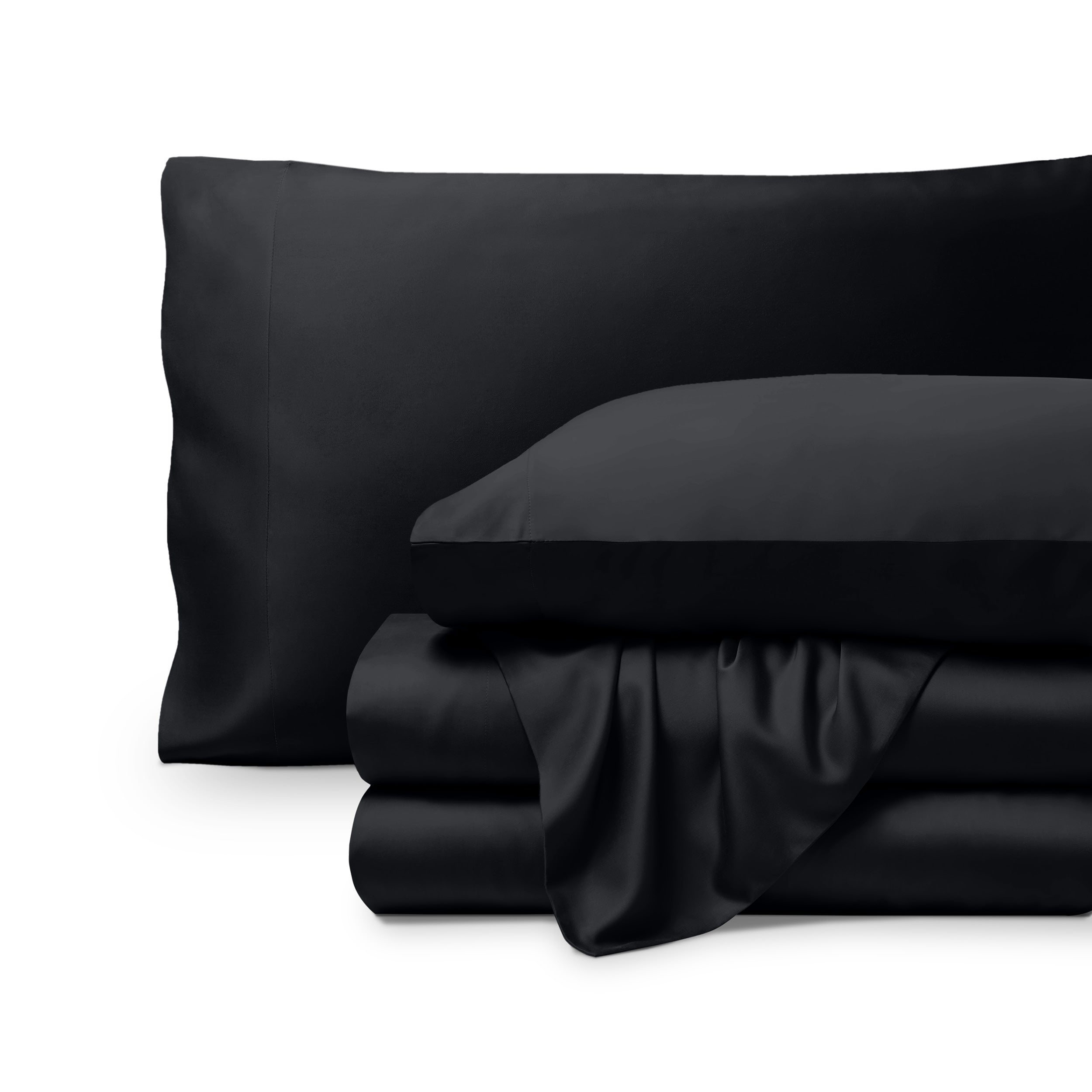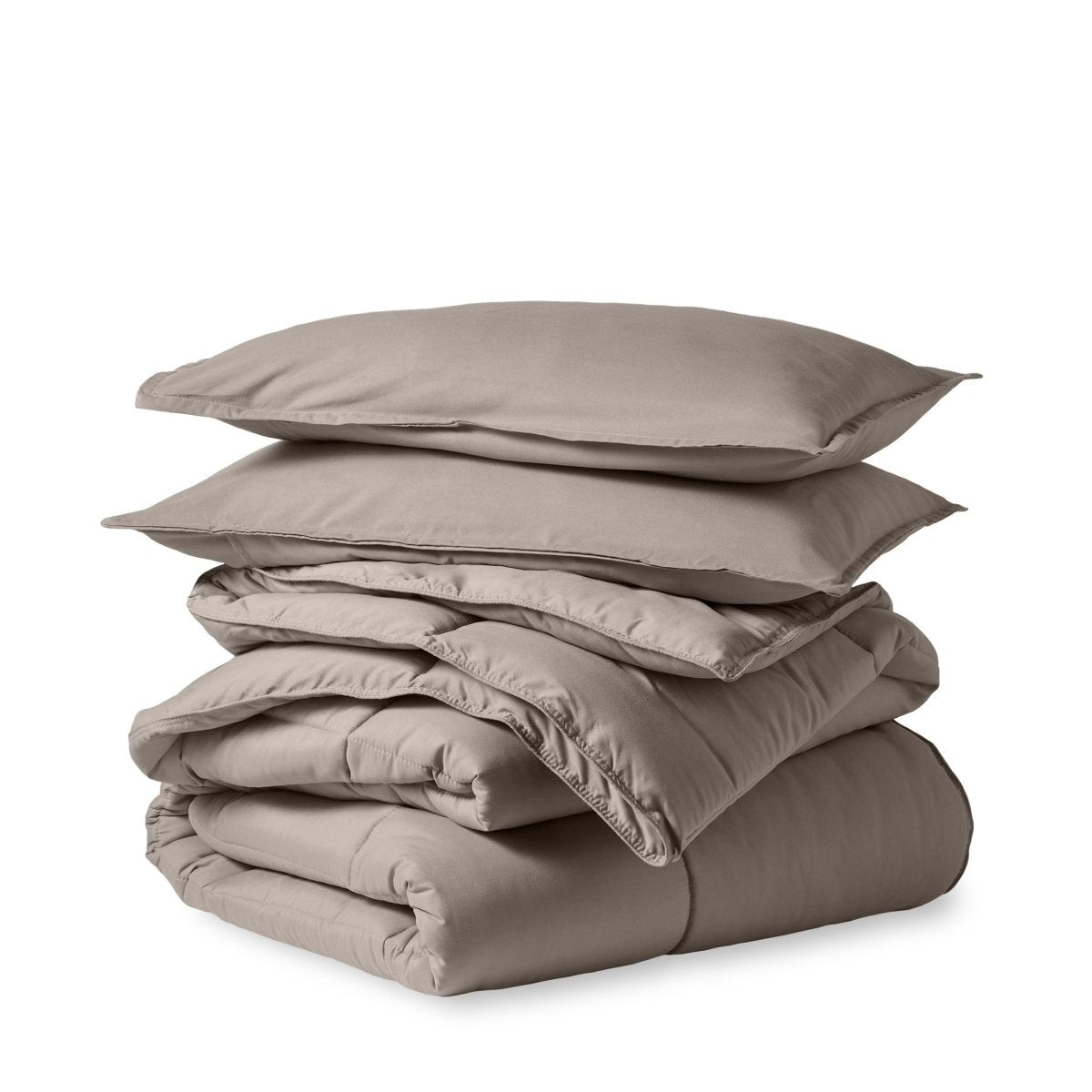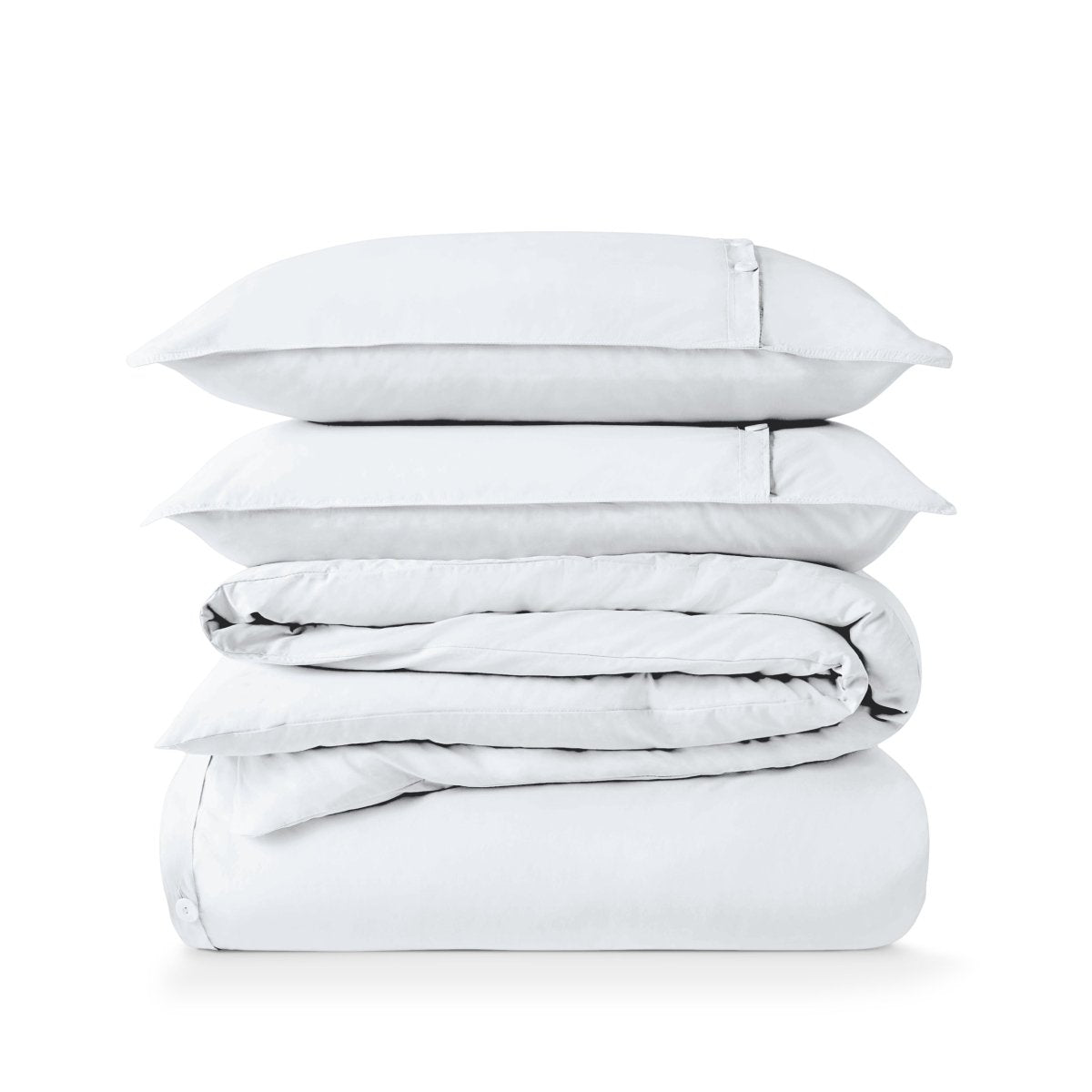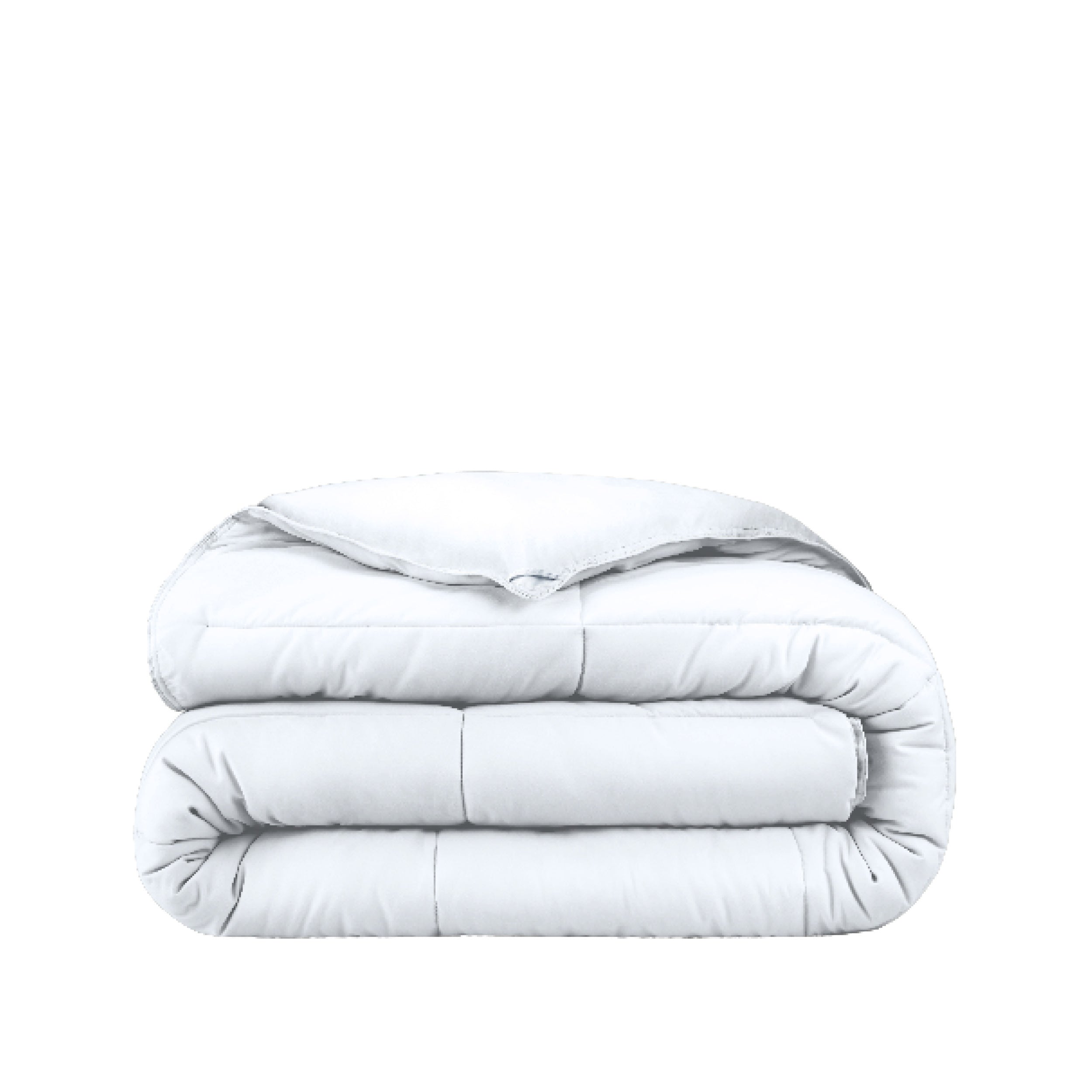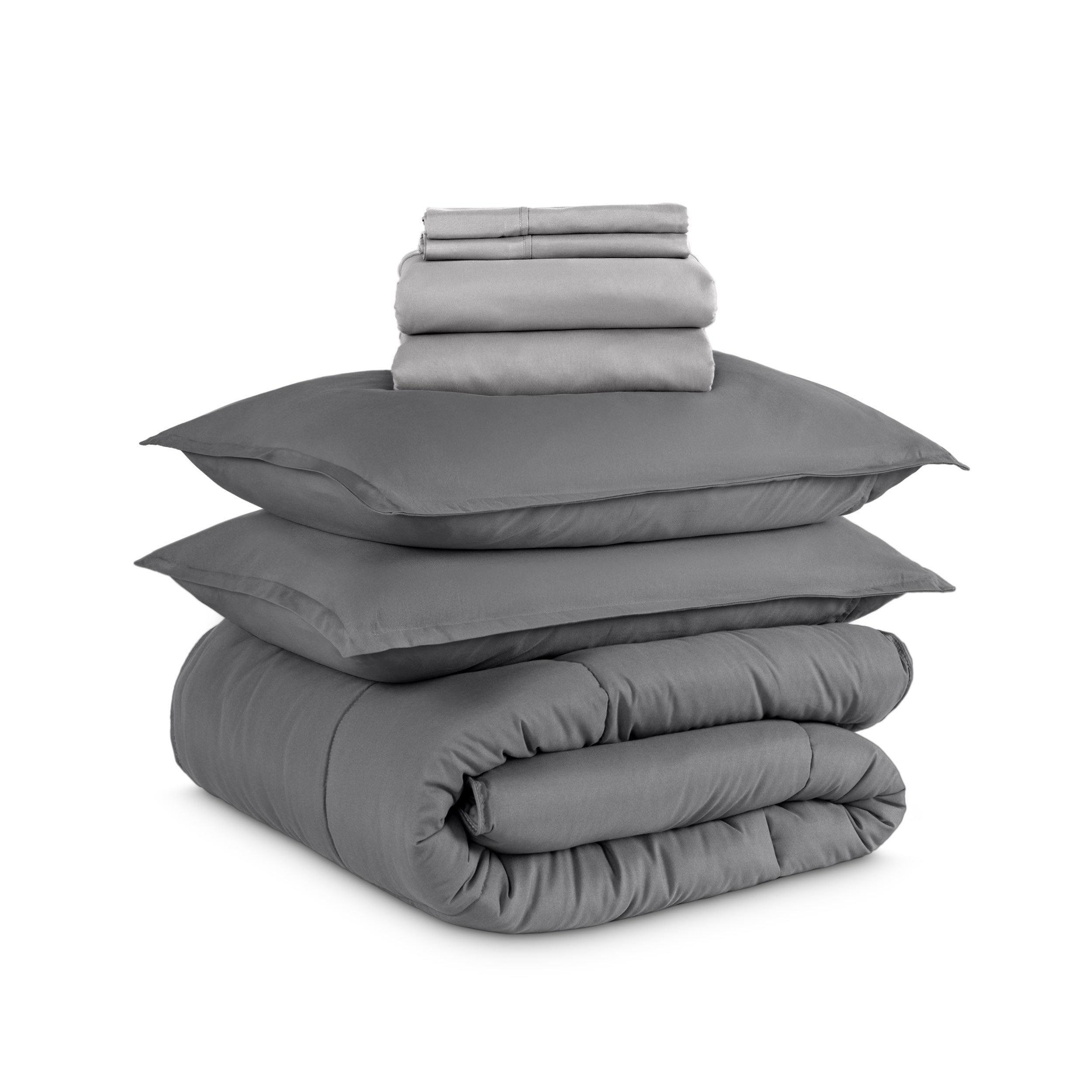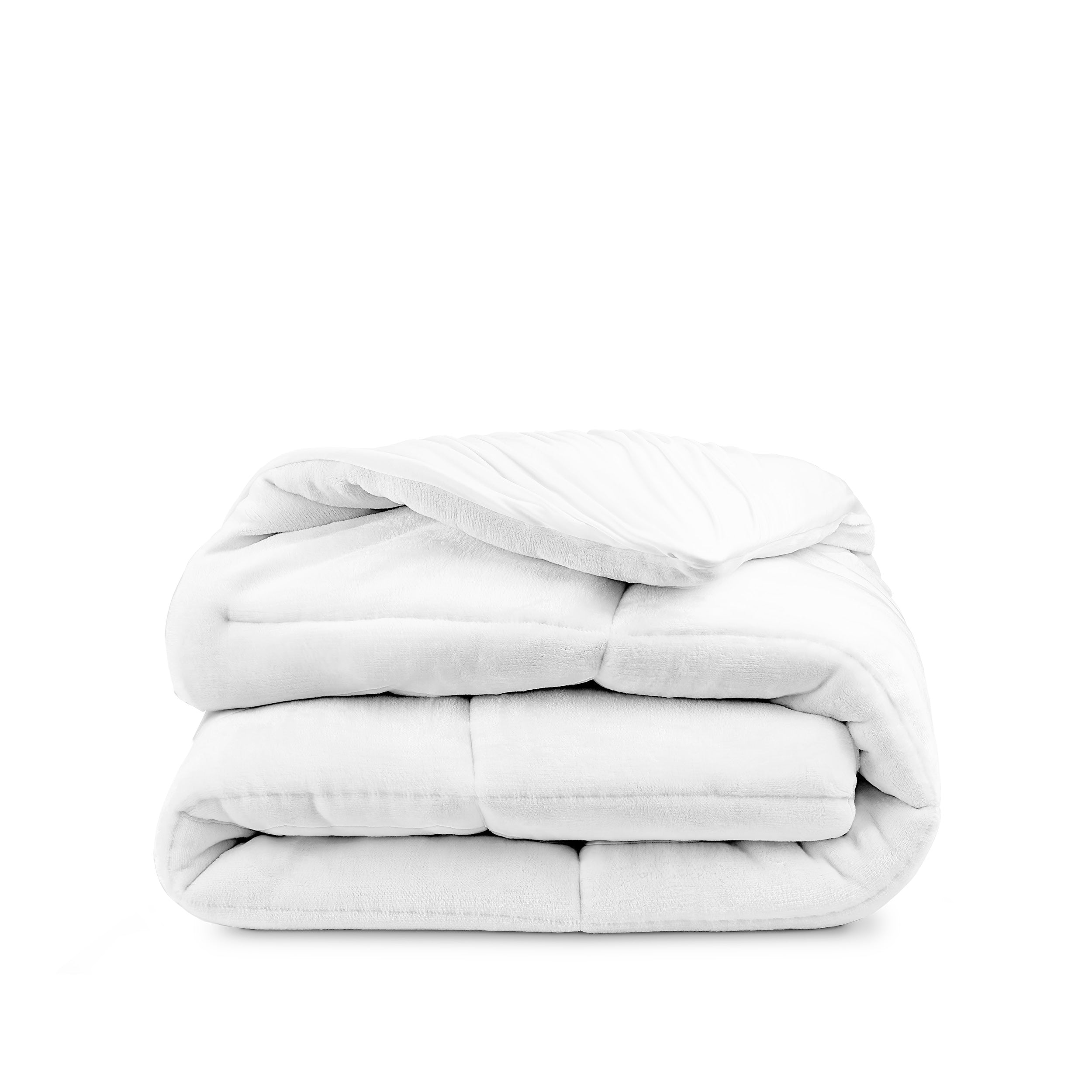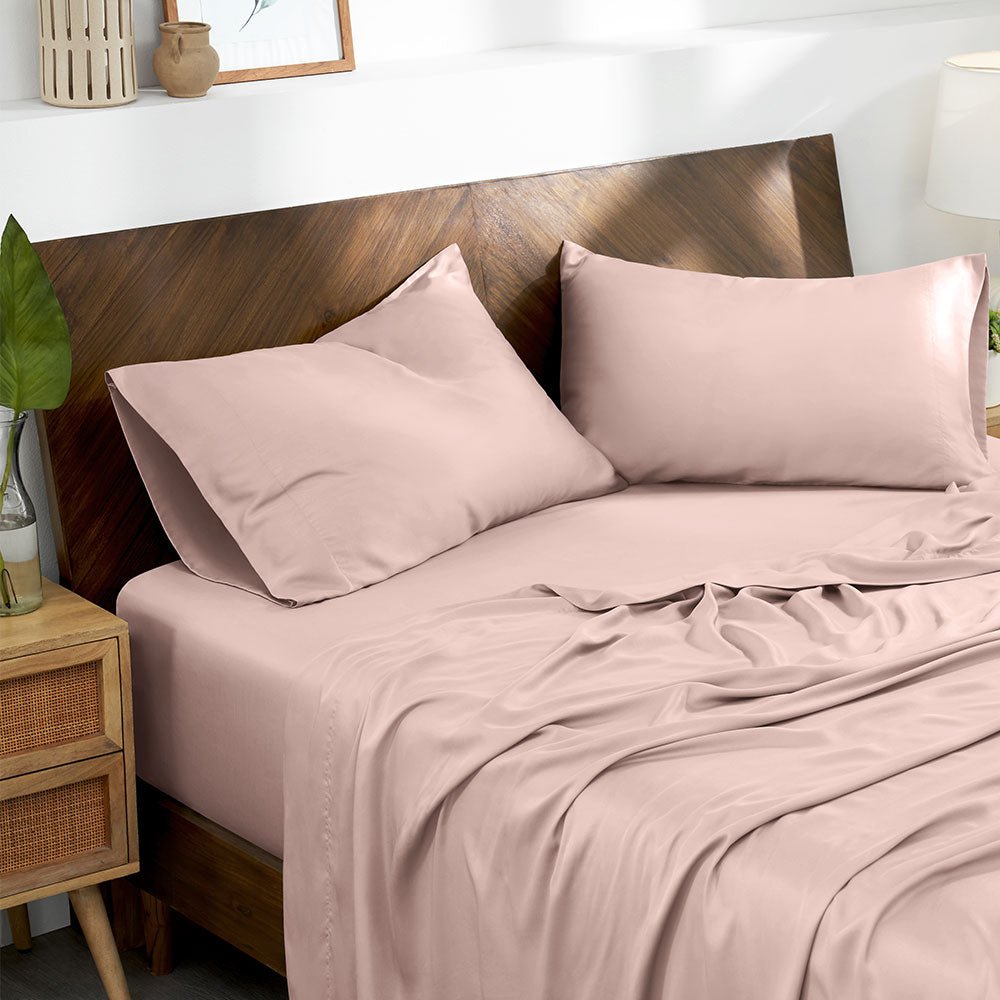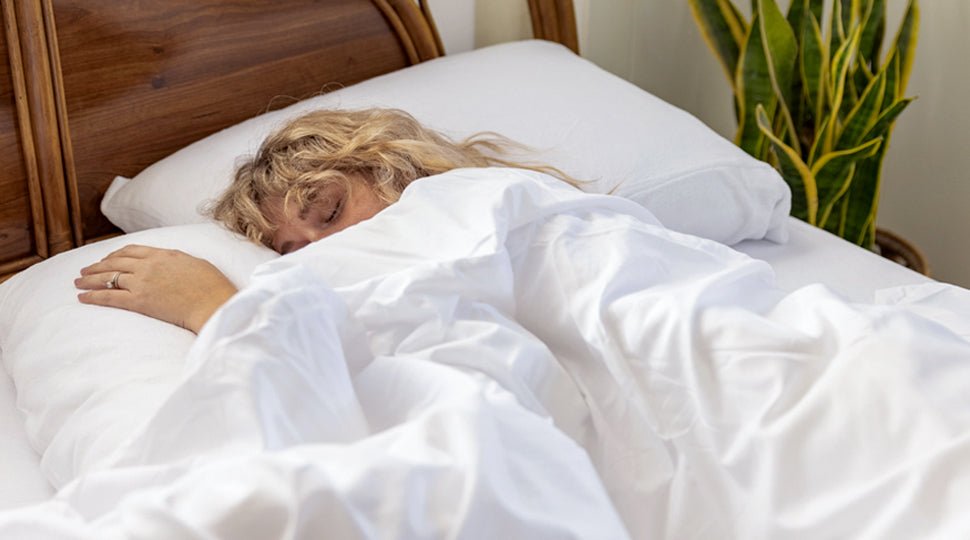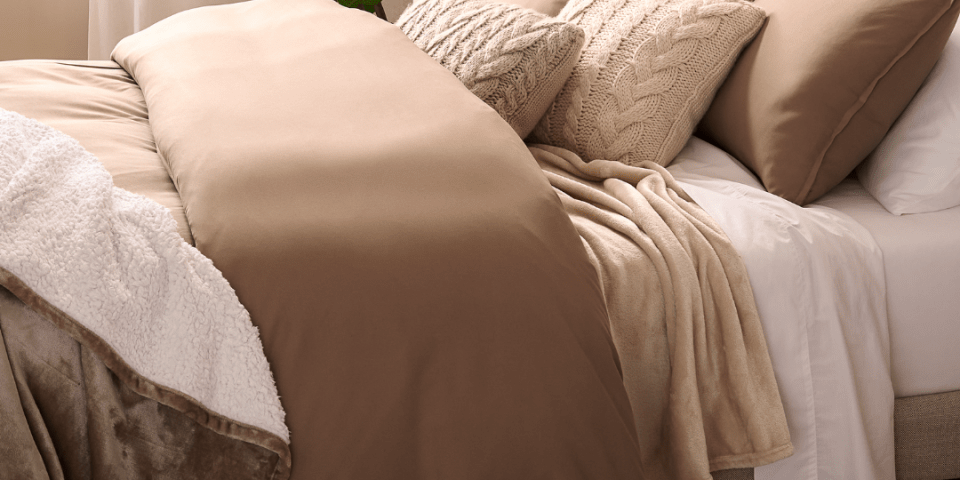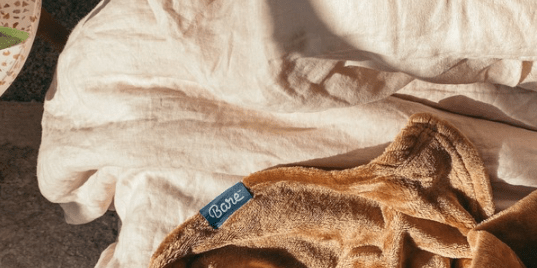Tired of dragging your feet during the day? Have trouble falling (or staying) asleep? We feel you. Quality sleep can be frustratingly elusive. Luckily there are some simple changes you can make to your environment now for better sleep later. It all boils down to 3 things – darker, quieter, cooler.
DON'T BE AFRAID OF THE DARK
Watching a horror movie before you sleep isn’t always the best idea, not only because it’s scary. Artificial light can suppress melatonin secretion, which can throw off your circadian rhythm (that 24-hour process your brain uses to determine when to be awake and when to sleep). Increased light in a sleep environment can also have negative effects on heart rate, and can suppress slow-wave sleep (aka deep sleep) which is where cell repair and restoration happen.
Some of the biggest light-emitting culprits are electronic screens, street and outdoor lighting, and nightlights (sorry, kids). Here are some ways to minimize their effects:
- Use a sleep mask. Not just for movie stars anymore, a sleep mask can block even low-level light emissions.
- Add room darkening curtains or shades to block light from outside your home. Like those holiday lights your neighbor never took down.
- Limit technology on the bedroom. Charge your phone in another room so you won’t be tempted to check it. Your alarm clock will thank you.

BE VERY, VERY QUIET
Nocturnal noise can increase stress hormones such as cortisol. In the circadian rhythm cycle, this is the hormone that tells your brain that it’s time to be awake. Cumulative noise exposure can also reduce the duration of deep sleep cycles – remember, that stage where we have cellular regeneration? Since we also experience a drop in heart rate during this phase, over time a reduction in deep sleep can lead to high blood pressure and other cardiovascular issues.
While we don’t all have our own personal librarian to tell our neighbors to be quiet, and we can’t exactly stop the traffic from making noise outside our windows, here are some things we CAN do to minimize the effects:
- Wear earplugs. Some great noise-reducing options are available for around $20 and are more effective than the noise-filtering kind.
- Mask disruptive noise with calming sounds such as music, nature sounds, or ambient noise. Try a white noise machine or even turning on a fan.
- Banish the TV. Yep, this again. Our old friend the television now has 2 strikes against it.
IT'S HIP TO BE COOL
And by cool we mean cold. During the early phases of sleep the body’s core temperature drops, and an increase in core temperature can cause wakefulness. Ironically, an increase in warmth against the skin can help promote sleep. Confused? All it means is that we should keep our environment cool and regulate our temperature using bedding. Here are some suggestions:
- Keep the thermostat at 65 degrees. Since temperatures still vary from room to room, purchase a small thermometer and crack a window or use a fan as needed to cool off.
- If you run hot, use a cooling sheet. Linen is a great option, as it has a loose, breathable weave, and is naturally moisture absorbent.
- If you run cold, layer your bedding. Try a variety of comforters (down for cold weather, poly-fill for warm weather) or add blankets as needed.
If you want to learn more about any of these topics, check out the links below!
COOL SCIENCE STUFF
How your bedroom setting influences how well you sleepEnvironmental noise and sleep disturbances
Understanding Sleep
What Happens in a Sleep Cycle

